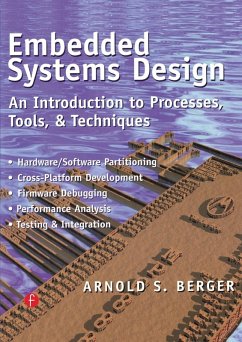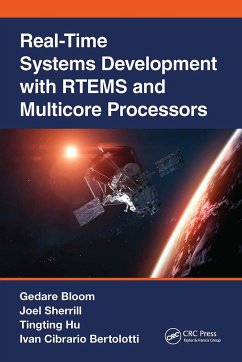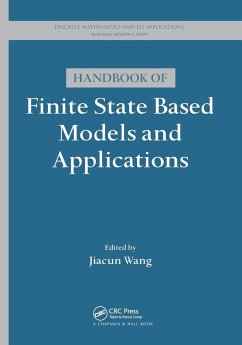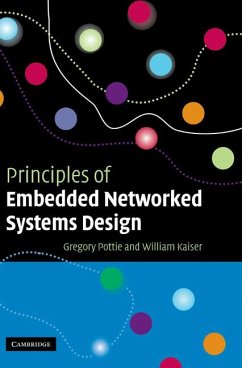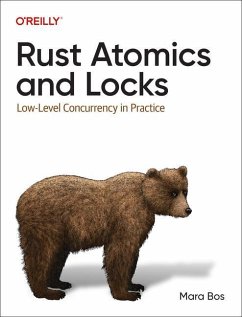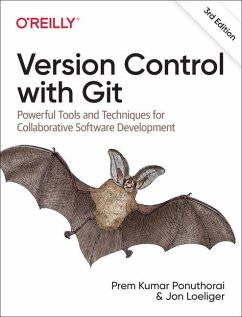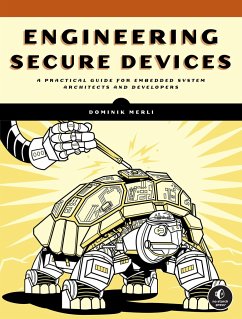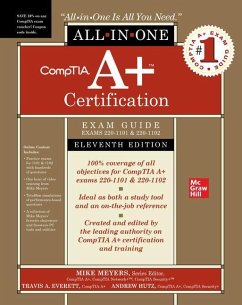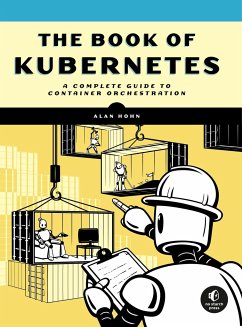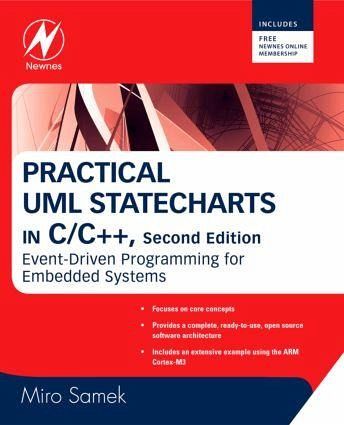
Practical UML Statecharts in C/C++
Event-Driven Programming for Embedded Systems
Versandkostenfrei!
Versandfertig in 1-2 Wochen
78,99 €
inkl. MwSt.
Weitere Ausgaben:

PAYBACK Punkte
39 °P sammeln!
Describes a lightweight, open source infrastructure, called QP that enables direct manual coding UML statecharts and concurrent event-driven applications in C or C++ without big tools. This book focuses on core concepts rather than tools which are always changing allowing the reader to continue to use this information with various projects.





